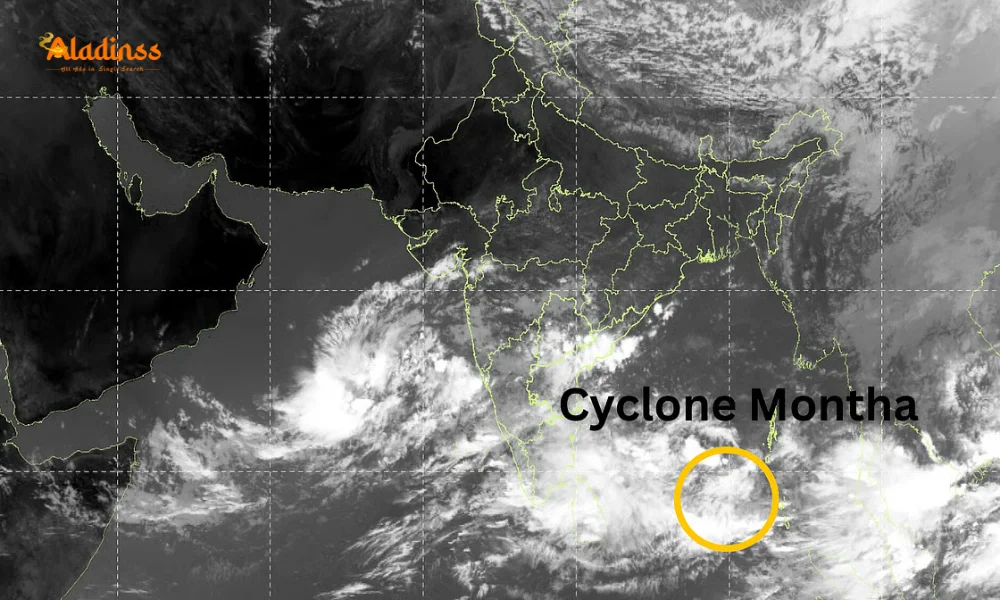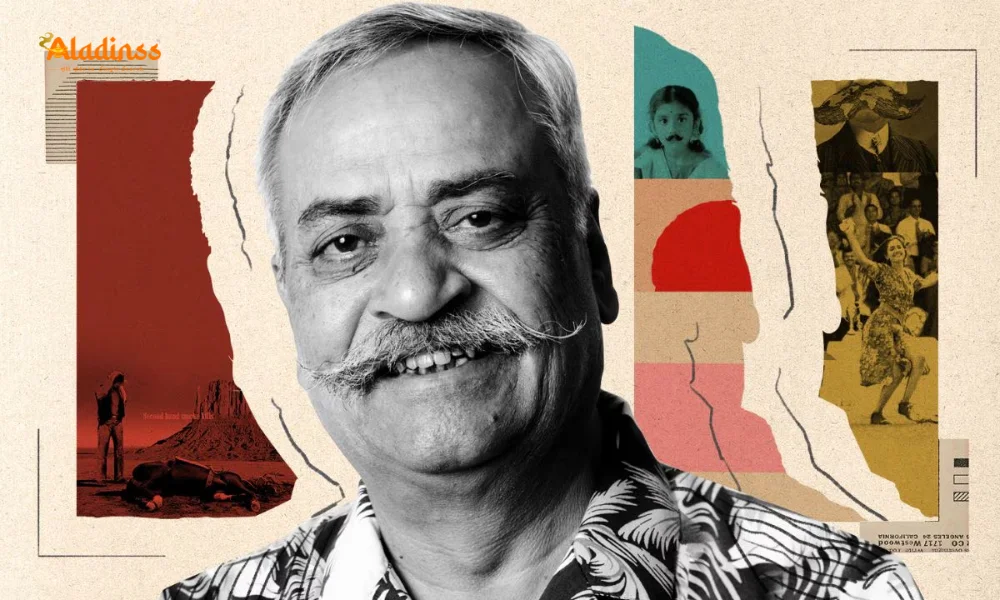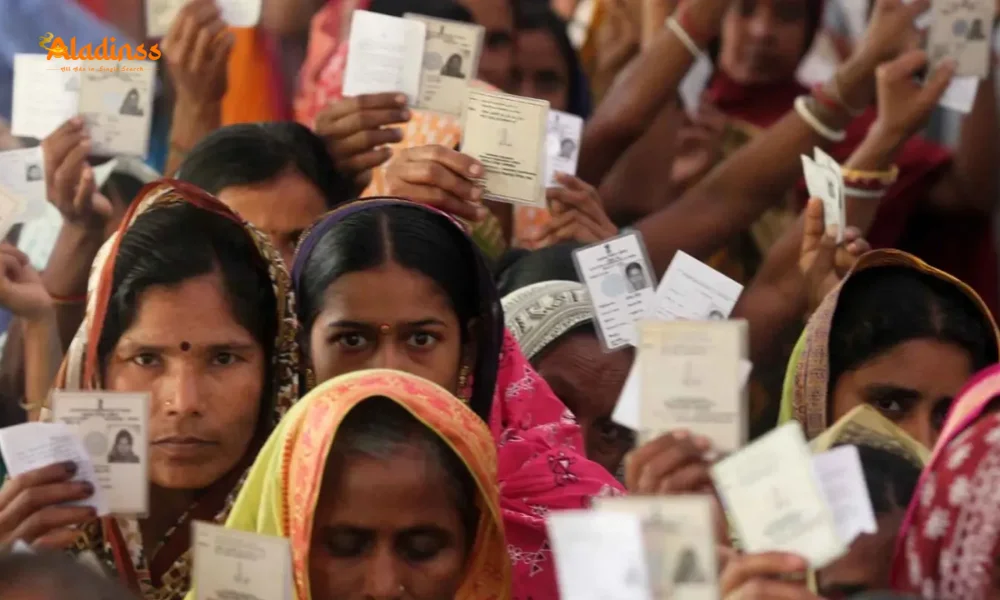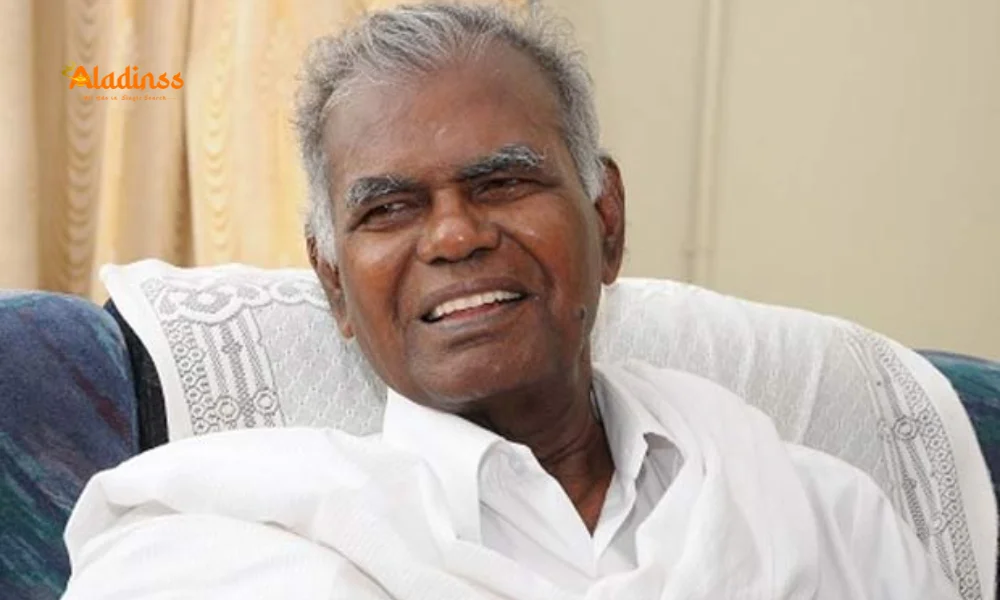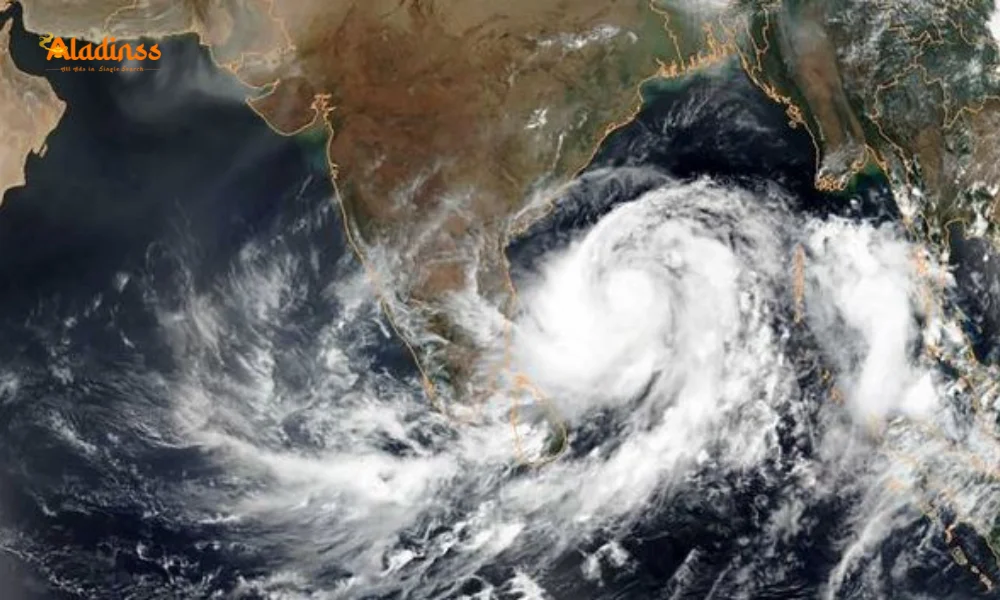Australia Stuns Fans with Bold Squad Changes for India Series Key Players Dropped!
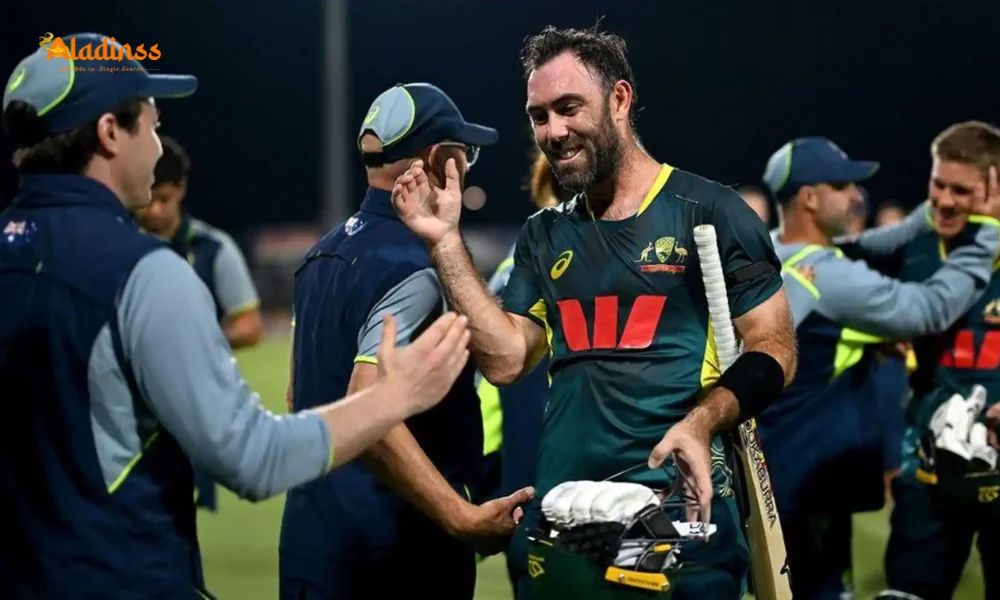
Australia Revamps Squad for India White-Ball Clashes
Australia has announced significant changes to its white-ball squads for the ongoing ODI series and upcoming T20I matches against India, with the Ashes on the horizon. Having secured a 2-0 lead in the three-match ODI series, the team is now focusing on balancing player fitness and domestic commitments. Star all-rounder Glenn Maxwell returns after recovering from a wrist fracture, while uncapped pacer Mahli Beardman earns a surprise call-up for the T20I series, signaling Australia’s intent to blend experience with emerging talent.
The squad overhaul also sees Marnus Labuschagne released from the ODI team to prepare for the Sheffield Shield, while players like Josh Hazlewood and Sean Abbott will be rested for parts of the T20I series. These changes reflect Australia’s strategic approach to managing player workloads ahead of a packed cricket calendar, including the high-stakes Ashes series.
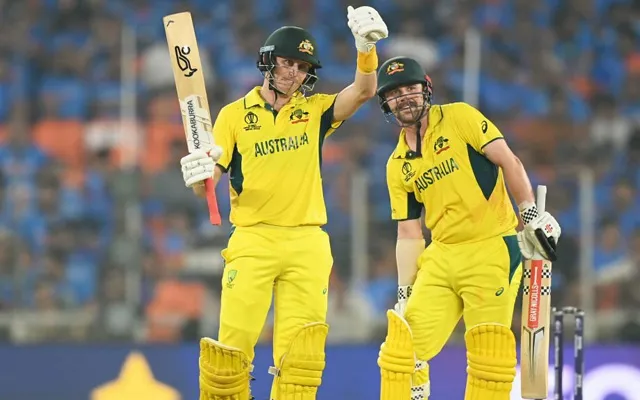
Glenn Maxwell’s Return Boosts T20I Squad
Glenn Maxwell’s return is a major boost for Australia’s T20I squad. The dynamic all-rounder, sidelined by a fractured wrist, is now fully fit and will feature in the final three T20I matches against India. Known for his explosive batting and versatile spin bowling, Maxwell’s inclusion adds depth and firepower to the team. His experience in high-pressure matches makes him a key asset as Australia aims to dominate the T20I series.
Alongside Maxwell, pacer Ben Dwarshuis has been recalled for the last two T20I games, bringing his death-bowling expertise to the squad. Dwarshuis’ ability to deliver under pressure complements Australia’s pace attack, which will be crucial against India’s formidable batting lineup. The inclusion of Josh Philippe, a dynamic wicketkeeper-batsman, further strengthens the T20I squad, providing flexibility in the batting order.
Mahli Beardman: The Rising Star
The inclusion of uncapped pacer Mahli Beardman is one of the most exciting developments in Australia’s squad announcements. The 19-year-old, who played a pivotal role in Australia’s 2024 U-19 World Cup victory, will join the T20I squad from the third match onward. Beardman’s standout performance in the U-19 World Cup final, where he claimed 3 wickets for 15 runs, showcased his potential as a future star.
Beardman’s call-up reflects Australia’s commitment to nurturing young talent while maintaining a competitive edge. His raw pace and ability to swing the ball make him a promising addition to the T20I squad, particularly as senior pacers like Josh Hazlewood and Sean Abbott will be rested to focus on domestic red-ball cricket. This strategic move ensures that Australia’s pace bowling resources remain fresh for the upcoming Ashes.
Marnus Labuschagne Released for Sheffield Shield
Middle-order batsman Marnus Labuschagne has been released from the ODI squad after the second match in Adelaide to prepare for the third round of the Sheffield Shield. This decision underscores Australia’s focus on ensuring their Test players are in top form for the Ashes, which is a priority for the team management. Labuschagne’s absence from the final ODI opens the door for other players to step up in the white-ball format.
To fill the gap, Australia has brought in Jack Edwards and Matt Kuhnemann for the third ODI in Sydney. Edwards, a versatile all-rounder, and Kuhnemann, a left-arm spinner, add depth to the squad, ensuring that Australia remains competitive despite the absence of key players. These changes highlight the team’s ability to adapt while balancing domestic and international commitments.
Strategic Rest for Key Pacers
Australia’s pace bowling unit will undergo changes during the T20I series, with Josh Hazlewood and Sean Abbott being rested after the second and third matches, respectively. This move allows both players to focus on the Sheffield Shield, ensuring they are in peak condition for the Ashes. Hazlewood’s experience and Abbott’s versatility will be missed, but the inclusion of Beardman and Dwarshuis ensures that the T20I squad remains formidable.
The rotation of players reflects Australia’s long-term planning, as they aim to maintain a balance between white-ball and red-ball cricket. With the Ashes looming, preserving the fitness of key players like Hazlewood is critical, and the introduction of young talents like Beardman provides an opportunity to test their mettle on the international stage.
Australia’s ODI and T20I Squads
The updated squads for the India series are as follows:
- ODI Squad for Third ODI (Sydney): Mitchell Marsh (captain), Xavier Bartlett, Alex Carey (wk), Cooper Connolly, Jack Edwards, Nathan Ellis, Josh Hazlewood, Travis Head, Josh Inglis (wk), Matthew Kuhnemann, Mitchell Owen, Josh Philippe (wk), Matt Renshaw, Matthew Short, Mitchell Starc, Adam Zampa
- T20I Squad vs India: Mitchell Marsh (captain), Sean Abbott (first three matches), Xavier Bartlett, Mahli Beardman (last three matches), Tim David, Ben Dwarshuis (last two matches), Nathan Ellis, Josh Hazlewood (first two matches), Travis Head, Josh Inglis (wk), Matthew Kuhnemann, Mitchell Owen, Josh Philippe (wk), Matthew Short, Marcus Stoinis, Adam Zampa
The squads reflect a mix of experience and youth, with players like Travis Head, Mitchell Starc, and Adam Zampa providing stability, while newcomers like Beardman and Edwards add fresh energy. The inclusion of multiple wicketkeepers, such as Alex Carey, Josh Inglis, and Josh Philippe, offers flexibility in team selection.
Tactical Approach Against India
Australia’s squad changes indicate a tactical approach to counter India’s strong white-ball teams. With India boasting a formidable batting lineup, including players like Rohit Sharma and Virat Kohli, Australia will rely on their pace attack, led by Hazlewood and Starc in the ODIs, and the spin of Zampa and Kuhnemann to keep the opposition in check. Maxwell’s return adds a dynamic element, capable of turning matches with both bat and ball.
In the T20Is, Australia’s strategy will likely focus on aggressive batting, with players like Travis Head and Tim David tasked with setting or chasing big totals. The inclusion of Beardman and Dwarshuis suggests a focus on pace and variation, which could challenge India’s batsmen on Australian pitches. The team’s depth ensures they can adapt to different match situations, making them a formidable opponent.
Preparing for the Ashes
The decision to release Labuschagne, Hazlewood, and Abbott for the Sheffield Shield highlights Australia’s prioritization of the Ashes. The five-match Test series against England is a cornerstone of Australia’s cricketing calendar, and ensuring that key players are in top form is essential. Labuschagne, a linchpin in Australia’s Test batting lineup, will benefit from additional red-ball practice, while Hazlewood’s rest ensures he remains injury-free.
This strategic approach demonstrates Australia’s ability to manage a demanding schedule while maintaining competitiveness across formats. The inclusion of young players like Beardman also serves as a long-term investment, preparing the next generation for future challenges, including the Ashes and beyond.
India’s Challenge and Series Outlook
India faces a tough challenge in the remaining white-ball matches, particularly in the T20I series, where Australia’s revamped squad looks formidable. With the ODI series already lost, India will aim to salvage pride in the final ODI and make a strong statement in the T20Is. The return of Maxwell and the inclusion of Beardman add unpredictability to Australia’s lineup, which could test India’s strategies.
The series provides an opportunity for both teams to fine-tune their preparations for major tournaments, including the T20 World Cup. For Australia, the matches are a chance to build momentum, while India will look to regain form and test their bench strength. The clash of these cricketing giants promises exciting contests, with fans eagerly awaiting standout performances from players like Maxwell, Head, and Beardman.
Conclusion: A Balanced Approach
Australia’s squad changes for the India white-ball series reflect a carefully balanced approach, blending star power with emerging talent while prioritizing player fitness for the Ashes. The return of Glenn Maxwell, the inclusion of Mahli Beardman, and the strategic rest for players like Labuschagne and Hazlewood highlight Australia’s depth and planning. As the series progresses, fans can expect thrilling encounters, with Australia aiming to maintain their dominance and India seeking to bounce back.
The focus on youth, such as Beardman, alongside established stars ensures that Australia remains competitive across formats. With the T20I series set to be a highlight, the stage is set for an exciting conclusion to the white-ball clashes, setting the tone for the Ashes and beyond.
Comment / Reply From
No comments yet. Be the first to comment!
